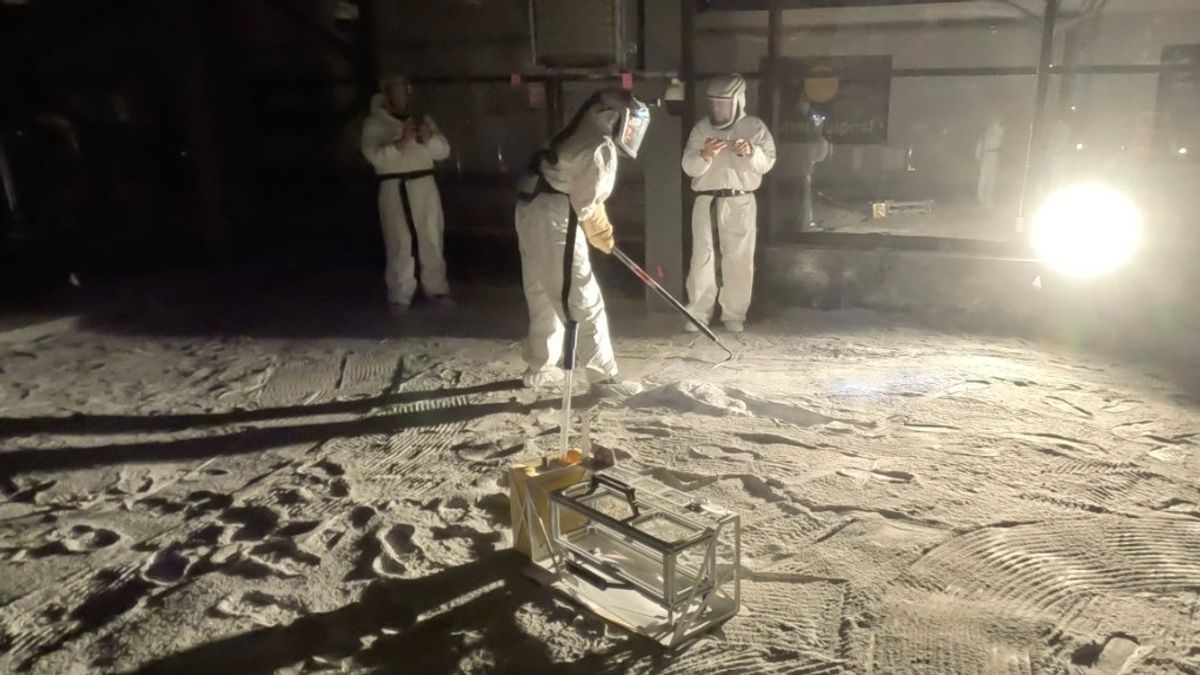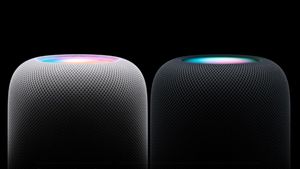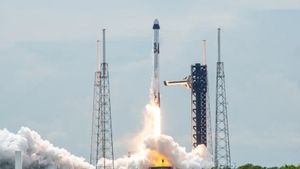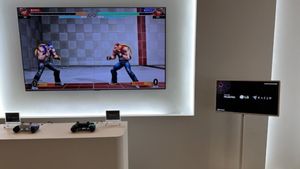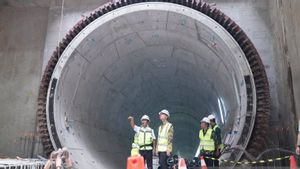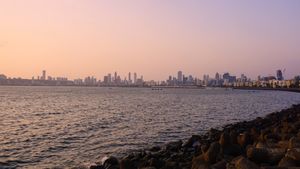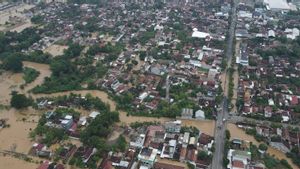JAKARTA Ahead of the launch of the next Artemis mission, NASA continues to test the technology they are developing. One of the instruments they tested was the Moon Environment Monitoring Station (LEMS).
According to NASA, this instrument needs to be tested before facing extreme lunar weather and dust. Therefore, NASA scientists and technicians simulate sandboxes similar to the Moon's regolit to test the instrument.
The simulation box of this lunar regolith was created at the Florida Space Institute Exolith Laboratory at the University of Central Florida. To make the lunar surface as similar as possible, the researchers compiled dusty soil in the sandbox they used.
During the testing, the LEMS instrument was placed in a sand box and the researchers observed its activity continuously. They found out how the hardware could interact with material similar to lunar dust.
SEE ALSO:
From the results of preliminary research, NASA stated that LEMS can operate well during the day and night. The US space agency did not specify how long it would take them to test LEMS in the lunar regolit simulation box.
LEMS is planned to launch as part of the Artemis III mission in 2026. The instrument will help astronauts use seismometers to monitor the intensity of lunar earthquakes and the impact of the meteors falling.
The device developed at the Goddard Space Flight Center, one of NASA's facilities, still needs to be developed over the next few years. This is done because LEMS will be one of the first three payloads for the Artemis III mission.
The English, Chinese, Japanese, Arabic, and French versions are automatically generated by the AI. So there may still be inaccuracies in translating, please always see Indonesian as our main language. (system supported by DigitalSiber.id)
